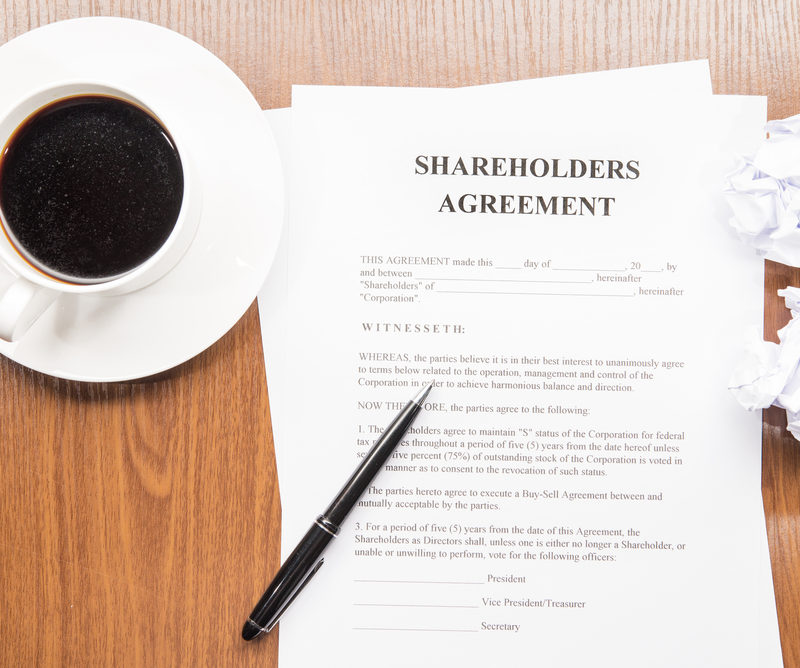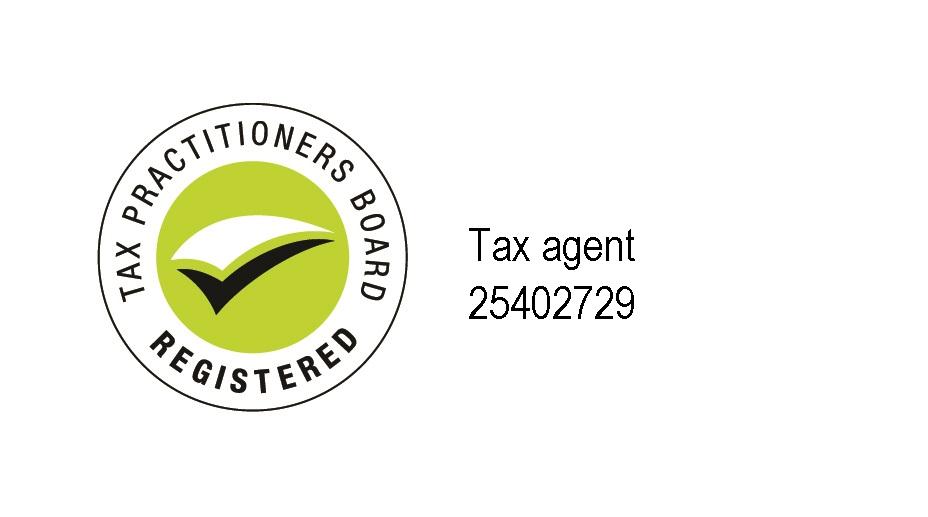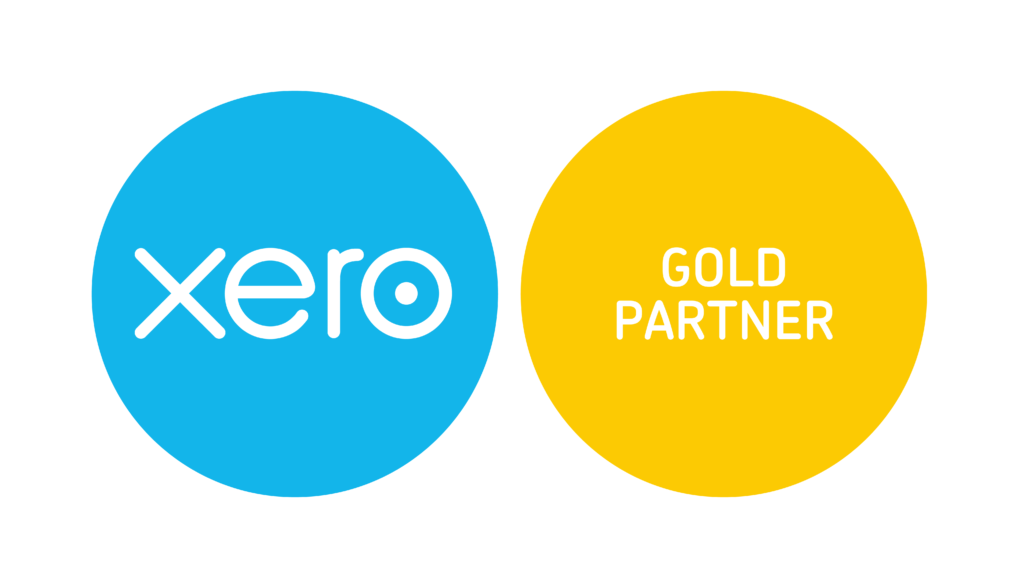Protect Your Interests with a Shareholders Agreement

Shareholder disputes are still one of the most common issues commercial and litigation lawyers encounter, so it is important to understand how to avoid the pitfalls that leave you vulnerable.
Below are some simple tips that will help you protect your interest and avoid lengthy and costly litigation.
Protect Your Interest
Often shareholders are known to each other and parties are seen to be trustworthy. Whilst this is true, shareholders may mistakenly think that these relationships will result in their interests being protected. Or, shareholders may believe their shareholding is too small to protect.
Regardless of the reasoning, the most common error shareholders make is not having a Shareholders Agreement. A Shareholders Agreement is a simple and cost-effective way for shareholders to protect themselves. This document formalizes your interest in the business, the value of that interest and how it will be administered in various scenarios (how shares are bought, sold, dealt with if the company winds up or if you leave the relationship).
Sadly, when you do not have a Shareholder Agreement in place, you will be required to prove the value of your interest in the company which can lead to legal, accounting and valuation expenses as you fight for a return on your share of the business.
What is a Shareholders Agreement?
A Shareholders Agreement is essentially a corporate pre-nuptial agreement. Its purpose is to govern the relationship of the parties and how they behave towards each other while they are in the relationship and, when the relationship comes to an end.
A Shareholders Agreement is most often prepared at the start of the relationship when everyone is on their best behavior. Often, when embarking on a journey, you wont want to think about what and how things might go wrong but doing so will later prove crucial. You need to consider the various scenarios in which you may want to leave the relationship so that if things don’t go to plan, there are rules guiding how issues will be resolved.

discussion on Dynamic Delivery in Startups. Watch the full panel discussion here.
Key Clauses for a Shareholder Agreement
There are many scenarios that can cause anxiety for Directors, Boards and shareholders. For this reason, a well-considered Shareholder Agreement should aim to provide the structure and guidance for how share related issues will be dealt with – when required.
When drafting a Shareholder Agreement, you should consider:
- How shareholders enter and exit the business
- Valuation of shares and, how and when this will be administered
- Funding of the business and the issuance of shares for fundraising purposes
- Composition of the Board of Directors and Board Meeting procedures
- Determining which key decisions (in carrying on the business) will be made by ordinary resolution, special resolution or unanimous resolution
- Death or TPD of a shareholder
- Restraints of trade to govern shareholders participating in competing businesses or any existing businesses they have which may overlap with the new business
- Contribute capital to the business
Common Errors in Shareholder Agreements
The most common mistakes in Shareholder Agreements include:
- Inadequate procedures in place to force a buyout of a rogue shareholder
- Lack of share valuation mechanisms (should a shareholder choose to exit)
- Inadequate mechanisms in place for Director appointments and decision-making
Tailored Agreement vs Off the Shelf
When a company is incorporated, the relationship between the Company and its shareholders and directors will primarily be governed by its constitution and the provisions of the Corporations Act 2001(Cth). If a company does not have a constitution it will be governed by the replaceable rules in the Corporations Act 2001.
As a rule, most constitutions are produced for ‘shelf companies’ with only standard provisions in place. Further, the replaceable rules contain only very basic methods for dealing with the operation of a business. Often, neither will reflect the shareholders best interests or what they would like in place.
Tailored Shareholder Agreements allow shareholders to drive changes in the operation of the business without needing to vary the Company constitution.
If these matters are not openly discussed and agreed upon by all parties, there is the potential for costly and time-consuming disputes to arise. Shareholders need to openly discuss key issues and reach consensus on how the business will operate now and into the future.

discussion on Dynamic Delivery in Startups. Watch the full panel discussion here.
Shareholder Exit
One key purpose of a Shareholder Agreement is to guide the termination of a Shareholder or Director. Consideration needs to be given to the circumstances that may lead to termination or someone wanting to exit the business and, how that will be administered.
It can be difficult to sell a partial interest in a business, particularly if there are few potential buyers and the stake is not of any interest to a purely financial buyer. For this reason, it is important to ensure the Shareholders Agreement had an exit mechanism albeit there will be issues to consider when drafting an exit arrangement:
- Can a party terminate at will? That creates an easy exit but can be used by a shareholder as a constant threat.
- Should there be a period of time within which parties are forced to stay together before any termination is permitted? This acts as a forced period of time to make things and may be a worthwhile approach to ensure that the value of a merger can be realized before anyone is able to exit.
- What happens to the assets of the business on termination? If each party has contributed defined assets, can those assets be separated so each shareholder goes back to where it was before the venture commenced?
- Are there assets which one party contributed and will insist on retaining after termination?
- How should value be determined if one party is buying out the other?
- The shareholding – which party gets to buy or sell? Is there a pre-determined price or formula?
- Are shareholder loans repayable immediately? Do the terms become arm’s length commercial terms?
Once again, it is important to consider all the possible scenarios for your exit mechanism – as it needs to work for everyone involved.
Whilst a well-drafted shareholders’ agreement is rare, and may not be referred to often, its creation can be the vehicle that sets you on the road to success. And in hindsight, the cost will only ever be a fraction of the cost of resolving a dispute when you don’t have one in place – not to mention the time, emotional and physical stress it will cause you, your fellow business partners and family.
In summary, if you aim to have a long and harmonious business relationship, it is important to define the terms of the relationship and set boundaries from the onset. This requires that you take the time to consider how you will work together and think through the possible issues and options for dis-banding. If you can do that co-operatively, you will have a strong foundation for a profitable relationship.
The information in this article is intended to provide a general overview only and has not been prepared with a view to any particular situation or set of circumstances. It is not intended to be comprehensive nor does it constitute legal or financial advice. It is recommended you seek your own independent legal advice.
If you have any questions or need advice and clarity specific to your business, feel free to contact Semmens & Co on 03 8320 0320 for a free consultation.







